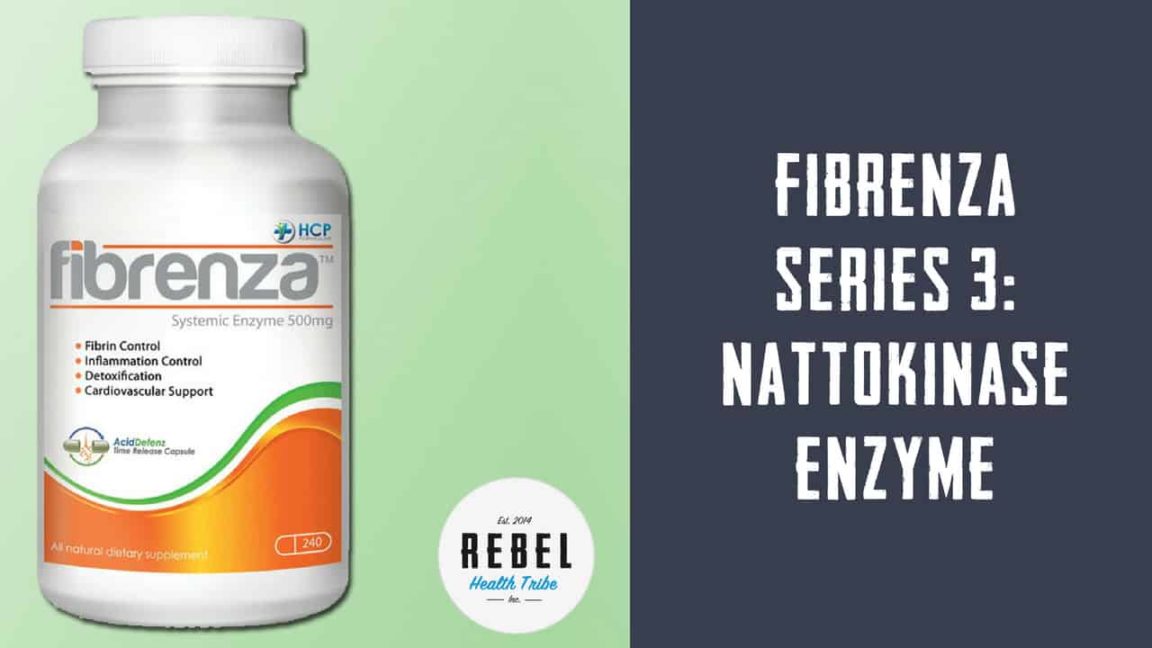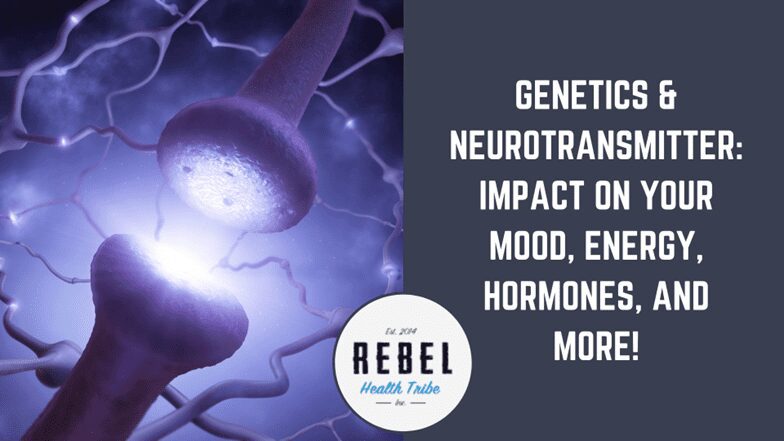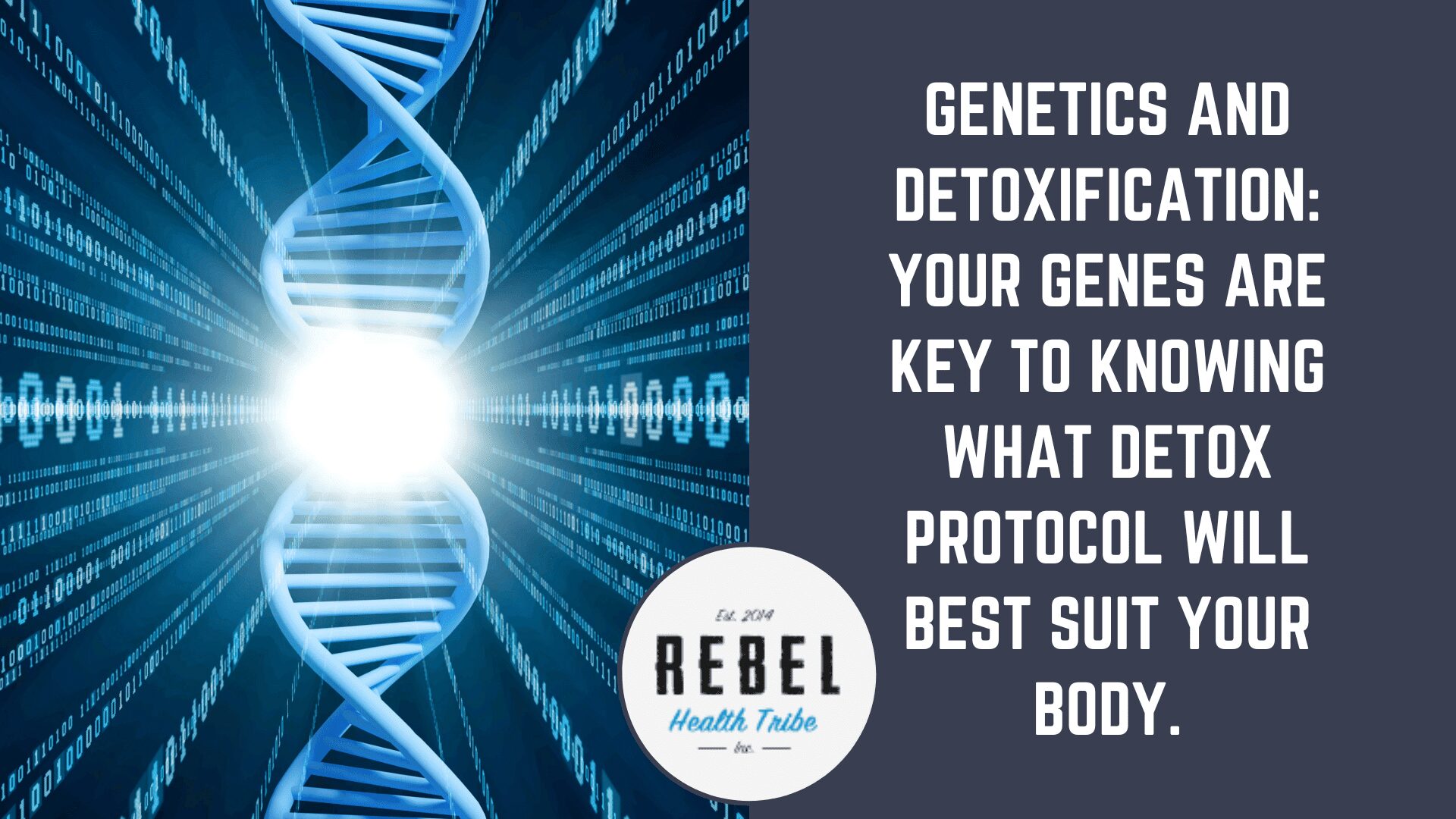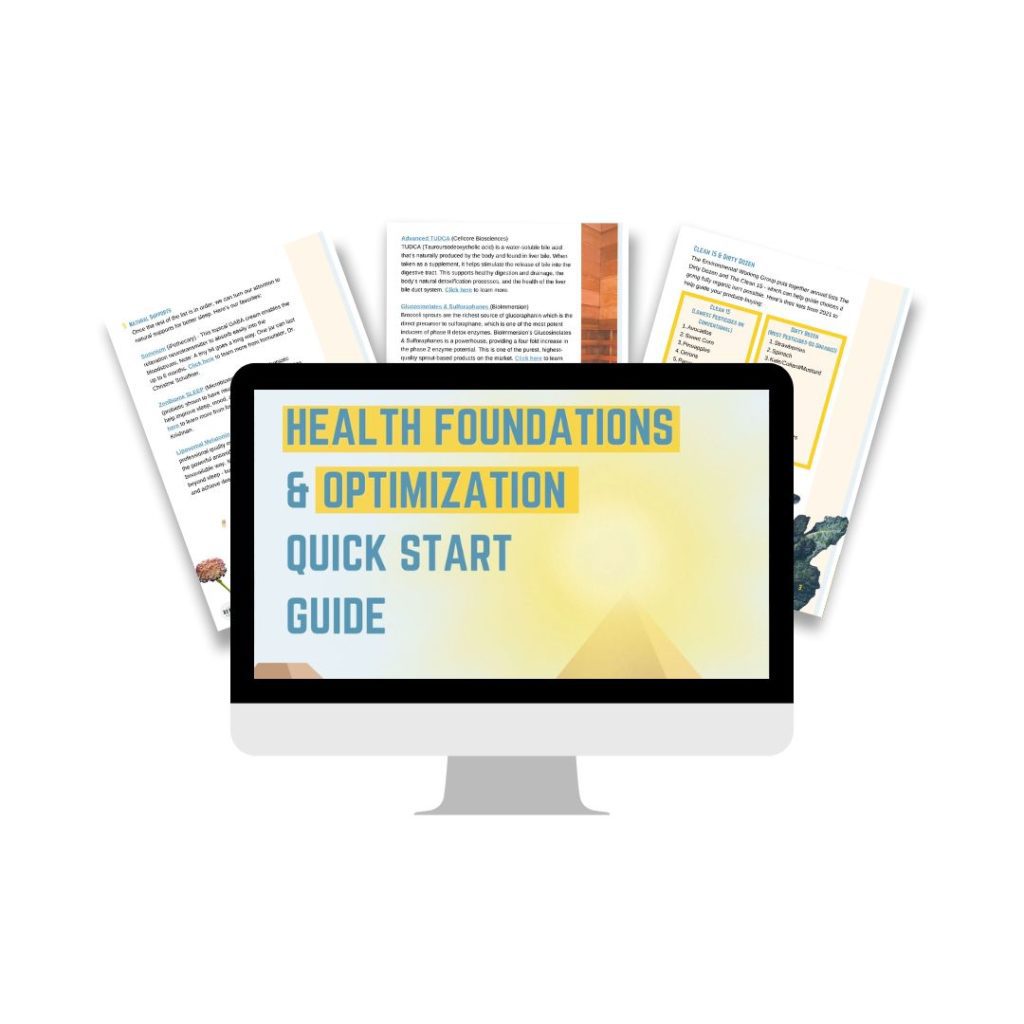
Genetics and Hormone Production, Transport, Utilization, and Metabolism
Our genetics play a larger role in our hormones than most people


Our genetics play a larger role in our hormones than most people

Have you wondered why an antidepressant didn’t work for you? Have you

https://vimeo.com/821487331 If you’ve ever bought a detox kit off a shelf

Optimization Guide
Michael:
All right. He is what’s probably the star of the show possibly. I’m not sure, definitely something you have a lot of experience with, is Nattokinase. There’s a lot of specifics with Nattokinase. I know you have a lot of experience working with it, and in that field with bringing Nattokinase to the United States about 15 years ago, or so. I’ve heard you mention that.
Kiran:
Yeah.
Michael:
What is Nattokinase? What does it do? What’s the research, and what are some specifics? There’s different forms of it I believe, or sources. What are some specifics, people might wanna look for?
Kiran:
Yeah, so Nattokinase is fantastic. Actually, the way it was discovered was from the fermented food Nattō. In Japan, I think it’s the eastern part of Japan, that consumes this food Nattokinase for breakfast every day. It’s basically spoiled soybeans. The soybeans are fermented by the Bacillus subtilis, which is something that your audience is now very familiar with through megaspore.
As it’s fermenting the soybeans, it produces this really sticky, slimy, and smells like old gym socks. I mean, it’s a horrific thing to have to try to eat. Certain people have real profound acquired taste for it. They even get Nattō Rolls. In certain Japanese restaurants in the US, you can get Nattō rolls, sushi rolls with it in it.
The back-story of Nattokinase is interesting. There was a warrior called, Miramoto. Miramoto was one of the nomadic samurai’s, very well known samurai in Japanese folklore. He was credited as the first person to actually try the food, Nattō. They always say, it took the bravery of a samurai to try to eat that food, because it’s so horrifically, the smell and the taste of it.
Basically, the way it came about it, you know, the samurai used to carry their soybeans, that they would use as food, in these wheat sacks, and on the side of the horse. They would travel long distances. Then, the Bacillus subtilis that’s in the environment and in the ground, would contaminate the soybeans, that’s in the wheat sack. When it was hot outside, or would rain, and there’s enough moisture it would ferment it. They would open up the wheat sack that’s carrying the soybeans and find it to be spoiled.
The samurai started feeding the spoiled soybeans to their horses first, because of course they didn’t want to eat it. What they found was, their horses were getting significant benefits from it. They were seeing increased strength and endurance and all that stuff. Miramoto was the first samurai to actually dip his finger and try the Nattō himself. It became a traditional food in Japan for the last 2,000 years.
Japanese doctors actually prescribe the food, Nattō for a number indications. Number one, they prescribe it for high blood pressure. Number two, they prescribe it for preventing senile dementia. They prescribe it for high viscosity in blood, which is something interesting we’ll talk about. They also prescribe it for people who tend to have a high state of blood coagulation. They are pro-coagulant. They develop DVT’s (Deep Venous Thrombosis) and things like that.
What Nattokinase is, is the enzyme, main enzyme that’s found in this food, Nattō. It was isolated and studied by a doctor name, Doctor Hiroyuki Sumi. What he figured out was it has fibrinolytic activity. It has the ability to break down fibrin in the body. That’s one of the things it can do. Fibrin is basically like a soluble fiber, that floats around in the blood. When you have too much fibrin in the blood; fibrin is actually the basis for creating blood clots. It’s always floating around in the blood. Until you get a cut and the whole cascade of blood clotting triggers, fibrin is just kind of swimming around, waiting to start forming clots.
Some people will tend to have high degrees of Fibrin within the blood. When you have high degrees of fibrin in the blood, the blood becomes actually quite viscous. The viscous blood becomes harder to pump for your heart for one, cause it’s harder to pump a high viscosity blood. Imagine pumping ketchup versus water. And then also, the blood becomes more abrasive. In the areas where you have arterial bifurcations, you have an artery and then it bifurcates into two. That little center part of that arterial bifurcations, where the blood hits at a high viscosity, and if the blood is abrasive, it creates to that inner lining of the vascular system. That’s where you tend to see plaques forming, arterial plaques.
The research that I’ve done with Nattokinase; I did couple large human clinical trials with Nattokinase a decade ago, the first one was on blood pressure. We saw, in 30 days, significant drop in blood pressure. That of course makes sense, because if we’re reducing the viscosity of the blood, it reduced the pressure in the vessels itself.
The other thing that we saw is that it actually reduces the viscosity of the blood and improves blood flow. We use something called radiologic viscometer, that measured the blood moving from one vein into the machine, and out into another vein. It was a real time measure blood viscosity. Totally reduced the viscosity of the blood, improves blood flow to all your organs, to all your tissues and all that. Overall, great for the heart, great for blood circulation, seems to really help people with varicose veins and spider veins. It’s great for people who tend to get DVT’s, and other types of edema, and great for preventing senile dementia as well.
In all my studies, we found that NSK-SD as a brand of Nattokinase that meets the original Nattokinase that was discovered by Doctor Sumi, the most. There are a lot of fake Nattokinase’s out there, which is unfortunate, so if you see a product that says Nattokinase on it, you can potentially be buying one with one of the many fake Nattokinase’s. The only one that I’ve seen that’s actually true Nattokinase is NSK-SD, is the name brand. That’s a more expensive version. Hence, people have made cheap replicas, but that’s the only one that has got the clinical trials behind it.
Michael:
So, wow. I thought of a few things to say, but then you kept explaining more awesome things about Nattokinase. I forgot a couple of them, but what I gathered out of that is, it will turn me into a samurai.
Kiran:
Yep. Exactly. That’s it.
Michael:
Perfect. Okay. Awesome for heart disease and for blood pressure and for Fibrinogen is the marker on blood test that measures that, or is Fibrinogen and Fibrin different?
Kiran:
Fibrinogen and Fibrin are different. Soluble Fibrin is the activated form of Fibrinogen. It can change Fibrinogen markers too, but we basically focus on soluble Fibrin, because that’s what ends up making the blood thicker.
Michael:
Okay. Blood pressure, circulation issues, great for cardiovascular. What about …
Kiran:
And brain health. Brain health, so it’s used a lot in Japan to prevent and treat senile dementia.
Michael:
Okay. What about people with blood thinners, people on blood thinners, or people with clotting issues or people on medications involving circulation already.
Kiran:
Yeah.
Michael:
Should they be weary of, or careful with Nattokinase. Should that be worked with a practitioner. What’s the safety there?
Kiran:
Yeah. Any time, you know, anytime you’re on a blood thinner, you should definitely work with your practitioner. Nattokinase doesn’t seem to affect the body’s ability to produce a blood clot. That is how anti-coagulant’s work on thrombin. Thrombin is the main protein that’s responsible for creating the lattice for the blood clot. It’s a cascade actually. Nattokinase doesn’t interfere with that cascade at all. It seems to just reduce the amount of soluble fibrin. We hadn’t seen any issues in the trials we’ve done, but anyone who’s on anticoagulant therapy already got a sensitive radiology going on, so I’d definitely talk to your doctor about it.
Michael:
What about blood pressure medication?
Kiran:
What about blood pressure medication?
Michael:
Cause that’s different than blood thinners.
Kiran:
Yeah.
Michael:
I mean, blood pressure medication; since, the Nattokinase has been shown to lower blood pressure.
Kiran:
Yeah.
Michael:
Would they also then want to talk to their physician and see it might reduce a necessary of a dose. Have you seen people, We’re not giving medical advice (FDA, everyone else). Have you seen people replace blood pressure medication with Nattokinase?
Kiran:
Yeah. That’s what we did in our study. We did a 68 or 70 patient study with people with hypertension, or pre-hypertension. What we were able to see is the significant enough reduction in both systolic and diastolic pressure that matched that of high blood pressure medication, beta blockers, things like that.
In fact, after the study was done, many of the patients wanted to continue on the Nattokinase, instead of blood pressure medication. We have seen those benefits, you know, but again, if you’re taking blood pressure medication, don’t stop it and take this. Talk to your doctor about it. You might be able to take both at the same time and then adjust dosing of your medication as needed.
Michael:
There are studies available that show this blood pressure reduction capability of Nattokinase?
Kiran:
Yeah. It’s actually, specifically on the NSK-SD form.
Michael:
Okay, well if somebody wants to see that, reach out to us. We’ll get a link to you for the actual research on it. Maybe we could find a study or two and post it with this video potentially, because if you’re gonna go talk to a doctor, you’re gonna wanna bring something like that with you. Great. That’s awesome stuff. I figured that was gonna be the star of the show and it probably is.
Optimization Guide

An Exclusive Course with 10 Years of Microbiome Knowledge Build Your Resilient Gut: Microbiome & Beyond
If you’ve ever wanted all of Kiran’s best content in one place, here they are!
The toxicity and Detoxification Masterclass covers a wide array of topics with the following guests:
19 Leading Experts Share Cutting-Edge Science, Effective Practices, and Clinical Strategies to Optimize Brain & Nervous System Health in Kids and Adults
Autoimmune Masterclass brings together 17 of the world’s leading doctors, researchers, and experts on autoimmune diseases who each present their own mini-class on autoimmunity.
Be the first to get access to special offers, new podcasts, courses, products and events from Rebel Health Tribe.
MegaSporeBiotic is a probiotic blend of 5 Bacillus spores that have been shown to maintain healthy gut barrier and immune function.